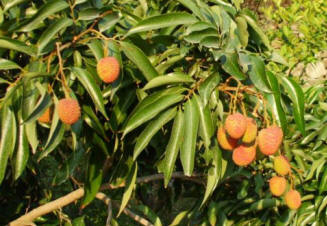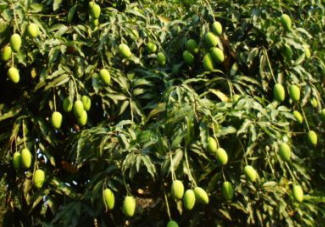Armenia, Quindio
Colombia, South America
“10 years ago I had a farm which was infested with coffee berry borer, an insect that attacks the coffee seed. I bought the farm hoping to live there and grow food in a self-sustaining manner, but I had very little hope.”
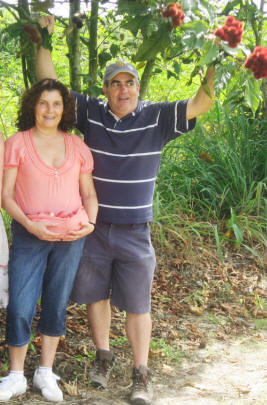 “So before building a house, I had a Homa Resonance Point installed with the Agnihotra and the Tryambakam huts and the resonance columns. Every day, I and the employees did Agnihotra and Tryambakam, sometimes up to 6 hours and 24 hours on a full moon and new moon.”
“So before building a house, I had a Homa Resonance Point installed with the Agnihotra and the Tryambakam huts and the resonance columns. Every day, I and the employees did Agnihotra and Tryambakam, sometimes up to 6 hours and 24 hours on a full moon and new moon.”
“The coffee began to change the foliage, the color and became shinier. The stems that had been sick began to have healthy sprouts. And the fruits of the coffee were no more infected with the berry borer. And although the coffee grew on a small piece of land, we had abundance.”
“People began to ask what was happening here, because even the farm next door started to improve and recover from the berry borer.”
(photo shows Mrs. Dora and Mr. Roberto under an annatto tree)
“A committee from the National Federation of Coffee Growers (Federacion Nacional de Cafeteros) came to see the farm and did a quality test of our coffee and asked me for how much I would sell it, because it was of very high quality. They bought my coffee about 6 times.”
“I also had avocado, banana, cabbage, carrots, lettuce, beets, and about 103 varieties of aromatic herbs with a place to dry them and it was beautiful. They never had any fungus. Everything grew with impressive ease. The wildlife was beautiful. The trees were visited by some birds, usually not seen in this region. We also saw animals like the sloth, hanging at the top of the tree. He visited us for 3 months and then suddenly disappeared and later we found him further down in the bamboo field. Those are things that do not happen usually on the farms and people in the region said that something special was going on here.”
“Purposely I did not use any synthetic agrochemicals. All irrigations were done with Agnihotra and Tryambakam ash. I put the ashes in large water tanks with a Yantram and the water was irrigated with sprinklers.”
“Later, after I sold the farm, I moved to a house that had a dry avocado tree in the courtyard. The first thing I did was lop all the dry thatch. It had no leaves, just branches, straw dry branches. Then I began to bathe the tree with Agnihotra ash water and took off lots of the parasitic moss which was eating up the tree. But this was done with the intention of planting a vine called “poet’s eye,” to make this corner of the house flourish. Then suddenly new avocado leaves started sprouting and today we have avocados from this tree. Although it is a very old tree it gives us avocados. I did not think it would recover.”
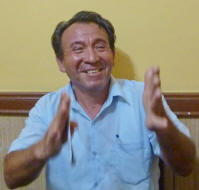
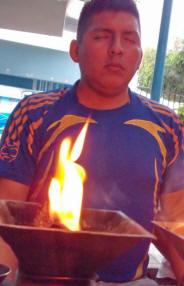 After spreading Agnihotra ash for one month, this tree started to bear large size fruits. The tree is now full of fruits. The tree does not believe anything; it just reacts to the energy of Agnihotra.
After spreading Agnihotra ash for one month, this tree started to bear large size fruits. The tree is now full of fruits. The tree does not believe anything; it just reacts to the energy of Agnihotra.

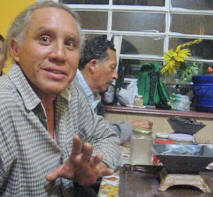 The size and diameters of turnips or cabbage can be very large. The size of each fruit, leave, etc. is bigger. The taste and healing qualities of herbs on a Homa farm are very strong.
The size and diameters of turnips or cabbage can be very large. The size of each fruit, leave, etc. is bigger. The taste and healing qualities of herbs on a Homa farm are very strong. 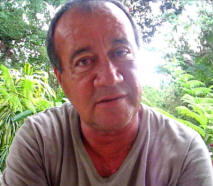 I simply smiled, but I did Agnihotra under the tree. I did not think that this tree, which only served for fuel, could have a reaction. But the big surprise came after 15 days – the tree began to show signs that something was happening.
I simply smiled, but I did Agnihotra under the tree. I did not think that this tree, which only served for fuel, could have a reaction. But the big surprise came after 15 days – the tree began to show signs that something was happening. 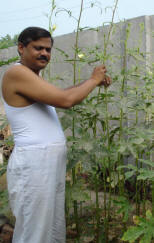 Here everything is in good progress. We are sending you some pictures of the vegetables from our little HOMA ORGANIC GARDEN in Amalner city, Maharashtra which is in the dry land region of Central India where temperatures reach up to 48 degrees in summer.
Here everything is in good progress. We are sending you some pictures of the vegetables from our little HOMA ORGANIC GARDEN in Amalner city, Maharashtra which is in the dry land region of Central India where temperatures reach up to 48 degrees in summer. 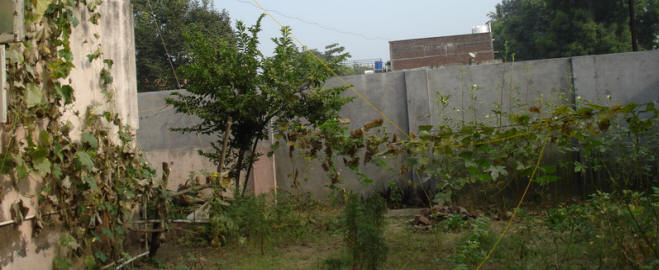
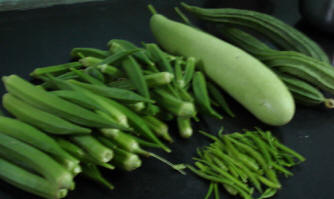
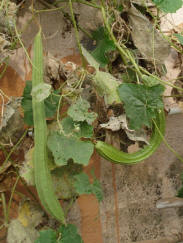
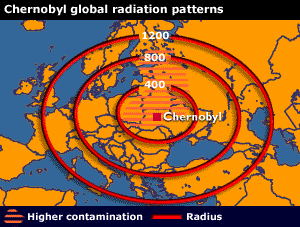 When I did this, the inspectors were shocked, because they found only normal radioactivity levels in my milk and fodder samples. The inspectors said it was not possible to have normal radioactivity after Chernobyl. They asked, ‘Is there anything special that you are doing on your farm?’
When I did this, the inspectors were shocked, because they found only normal radioactivity levels in my milk and fodder samples. The inspectors said it was not possible to have normal radioactivity after Chernobyl. They asked, ‘Is there anything special that you are doing on your farm?’  “So before building a house, I had a Homa Resonance Point installed with the Agnihotra and the Tryambakam huts and the resonance columns. Every day, I and the employees did Agnihotra and Tryambakam, sometimes up to 6 hours and 24 hours on a full moon and new moon.”
“So before building a house, I had a Homa Resonance Point installed with the Agnihotra and the Tryambakam huts and the resonance columns. Every day, I and the employees did Agnihotra and Tryambakam, sometimes up to 6 hours and 24 hours on a full moon and new moon.”